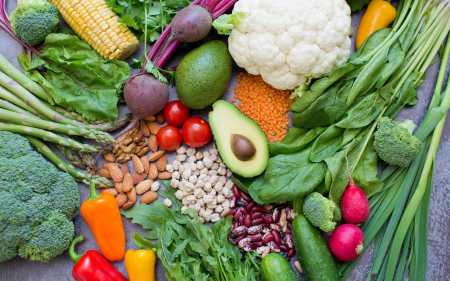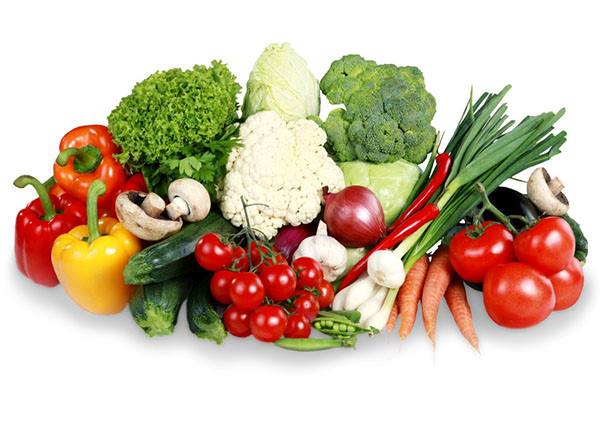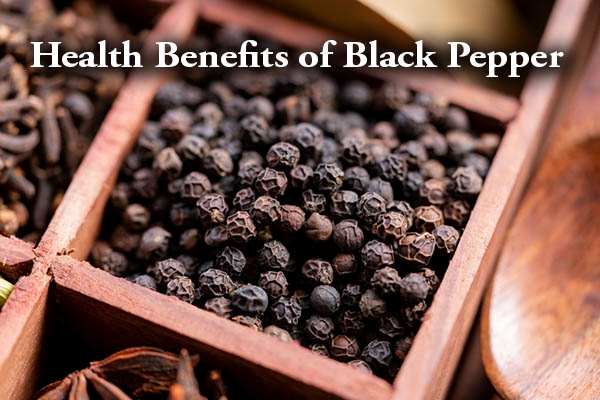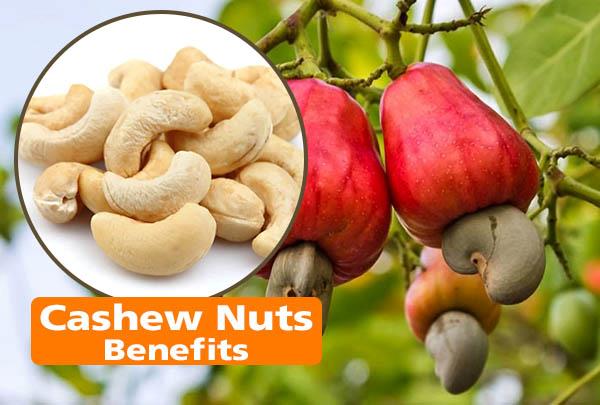Gout, often known as the “rich man’s disease,” is a painful form of arthritis that doesn’t discriminate based on wealth. Characterized by agonizing attacks resulting from uric acid crystal buildup in the joints, gout management heavily relies on dietary choices. This article provides a detailed of those vegetables concerning gout, focusing especially on vegetables to avoid with gout.
Table of Contents
Understanding Gout and Its Triggers
Gout, a complex condition with a simple trigger – elevated uric acid levels in the blood – causes the crystallization of uric acid in the joints, leading to intense pain and inflammation. A pivotal aspect of gout management is recognizing how specific foods, particularly those rich in purines, can influence uric acid levels. In this context, it’s imperative to grasp the connection between vegetables to avoid with gout.
See also: 12 Scary Health Conditions Cause Gout
The Impact of Vegetables on Gout
Vegetables are a dietary cornerstone, yet not all are gout-friendly. Some vegetables contain moderate to high purine levels, which can contribute to elevated uric acid levels. To effectively manage gout, it’s essential to be informed about which vegetables to avoid with gout.
Vegetables to Avoid with Gout:

Spinach: Spinach, popular for its nutritional prowess, has a drawback for people living with gout. Although it boasts essential nutrients like iron and vitamins, but its purine content places it among the vegetables to avoid with gout. Moderation is key to prevent uric acid buildup.
Asparagus: Asparagus, a delightful vegetable, falls into the category of vegetables to avoid with gout because of its purine content. Caution, particularly for those prone to gout attacks.
Mushrooms: Mushrooms, known for their unique flavors and textures, can be problematic for people living with gout. Different mushroom varieties contain varying levels of purines, making them vegetables to avoid with gout unless consumed sparingly.
Cauliflower: Cauliflower, a versatile vegetable often embraced by low-carb dieters, is less purine-rich than some counterparts. Still, it’s prudent to consume it in moderation among the vegetables to avoid with gout.
Peas: Peas, commonly featured as a side dish, contain moderate purine levels. Maintaining a gout-friendly diet requires cautious consumption and a balance with other low-purine vegetables.
Lentils: Lentils, a valuable plant-based protein source, carries moderate purine levels. For lentil enthusiasts, managing portions is essential when navigating the territory of vegetables to avoid with gout.
Beans: Beans, encompassing kidney beans and navy beans, offer moderate purine content. Favor low-purine varieties like black beans or chickpeas when including beans in a gout-friendly diet.
It is important to note that while vegetables are safe to eat with gout, some vegetables like asparagus, cauliflower, spinach, and mushrooms contain moderate amounts of purines[1].
Balancing Your Diet with Gout-Friendly Vegetables
Amid the vigilance regarding vegetables to avoid with gout, a multitude of gout-friendly vegetables can enjoy without concern.
Tomato: It is rich in vitamin C, which may lower uric acid levels. They are also low in purines, making them a great addition to a gout-friendly diet.
Broccoli: It is high in fiber and vitamin C, both of which can help lower uric acid levels. It is also low in purines, making it a safe vegetable to consume with gout.
Carrots: Carrots are low in purines and high in fiber, making them a great addition to a gout-friendly diet.
Cherries: They serve as a natural remedy for gout, featuring compounds that mitigate uric acid levels and combat inflammation, establishing them as standout choices among gout-friendly vegetables.
Celery: They are not only boast low purine levels but also flaunt anti-inflammatory properties, making it an excellent component of a gout-friendly diet.
Cucumbers: They aren’t solely low in purines; they also excel in hydration, a crucial factor in gout prevention. Including cucumbers in your diet contributes to maintaining optimal hydration levels.
Bell Peppers: Bell peppers, with their vivid colors, low purine content, and abundance of vitamins and antioxidants, ascend as top contenders among gout-friendly vegetables.
Zucchini: Zucchini, characterized by its versatility and low purine content, can integrate into various dishes without gout-related concerns.
Onions: Onions, known for their flavor-enhancing qualities, are safe for people living with gout. They can enhance your culinary experience without elevating the risk of gout attacks.
See also: Low Purine Diet for Arthritis
Tips for Maintaining a Gout-Friendly Diet
1. Increase consumption of low-purine foods: Purines found in certain foods can lead to increased uric acid in the body. Therefore, focus on incorporating low-purine foods into your diet. These include fresh fruits and vegetables, nuts, and whole grains.
2. Choose lean proteins: Choose low-fat dairy and lean meats. Studies show that low-fat dairy can reduce uric acid levels and the risk of a gout attack.
3. Limit consumption of high-fructose corn syrup and sugary drinks: These can increase uric acid in the body. Try to limit their intake.
4. Stay hydrated: Water is the best drink for gout. Try to drink around 2.2 liters (78 oz) of water per day.
5. Avoid high-purine foods: Foods like game meats, organ meats, and certain types of fish are high in purines. Limit or avoid these foods from your diet.
6. Monitor your alcohol intake: Alcoholic beverages can increase the risk of gout attacks. Limit your intake.
7. Maintain a healthy weight: Being overweight increases the risk of developing gout. Try to maintain a healthy weight through a balanced diet and regular exercise.
8. Consult your healthcare provider. They can provide personalized advice based on your specific health needs and goals. Remember, a gout-friendly diet is not just about what to eat, but also about maintaining a balanced diet overall. Be sure to include a variety of foods in your meals to ensure you’re getting all the essential nutrients. And stick to this diet plan consistently for the best results.
Conclusion
In conclusion, discerning which vegetables to avoid with gout is crucial for individuals aiming to manage this painful condition. While gout can be challenging to navigate, informed dietary decisions and incorporating gout-friendly vegetables can significantly reduce the risk of painful flare-ups. Always remember to consult healthcare professionals or registered dietitians to craft a personalized gout management strategy tailored to your unique needs, recognizing that knowledge is a potent tool in the battle against gout.
Please give your valuable feedback here




